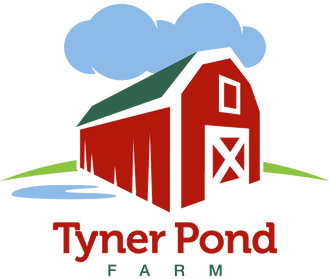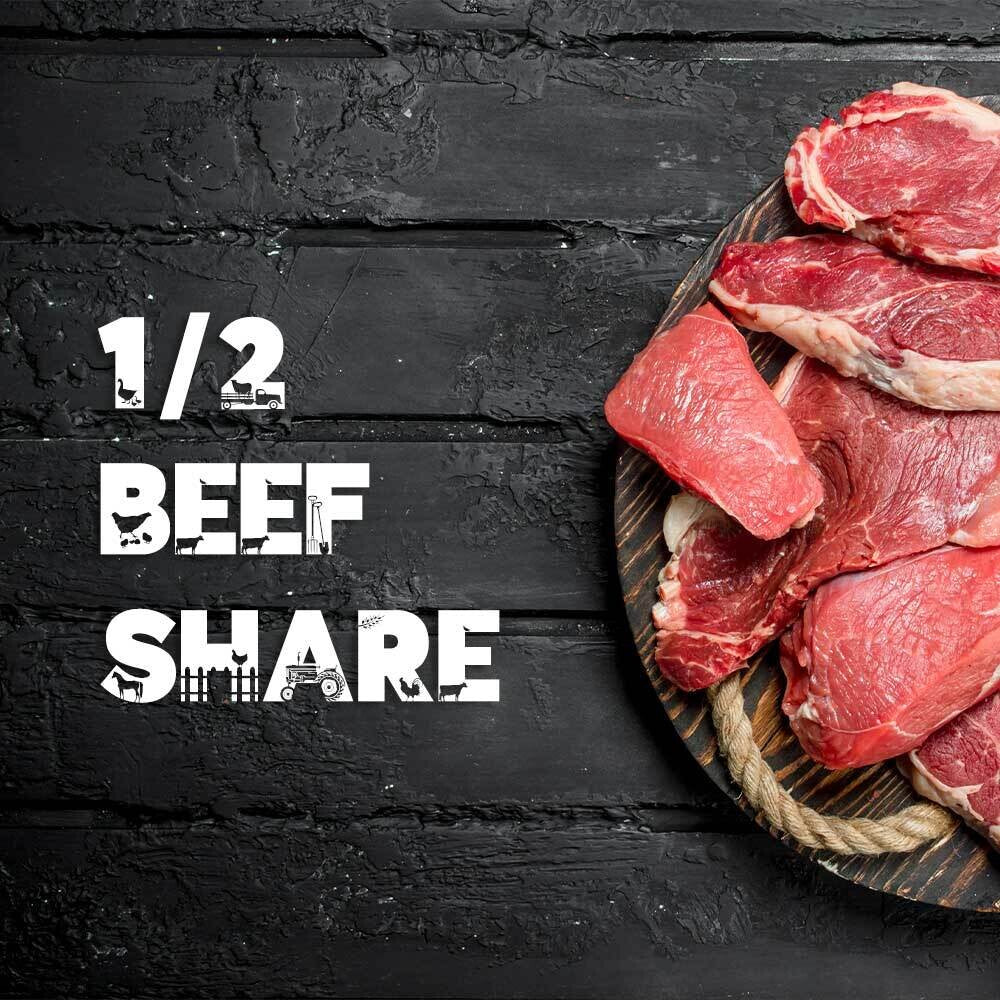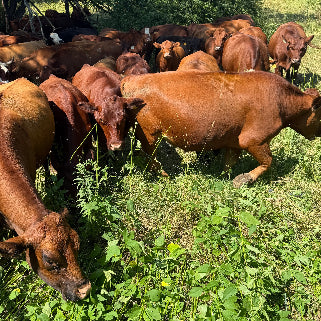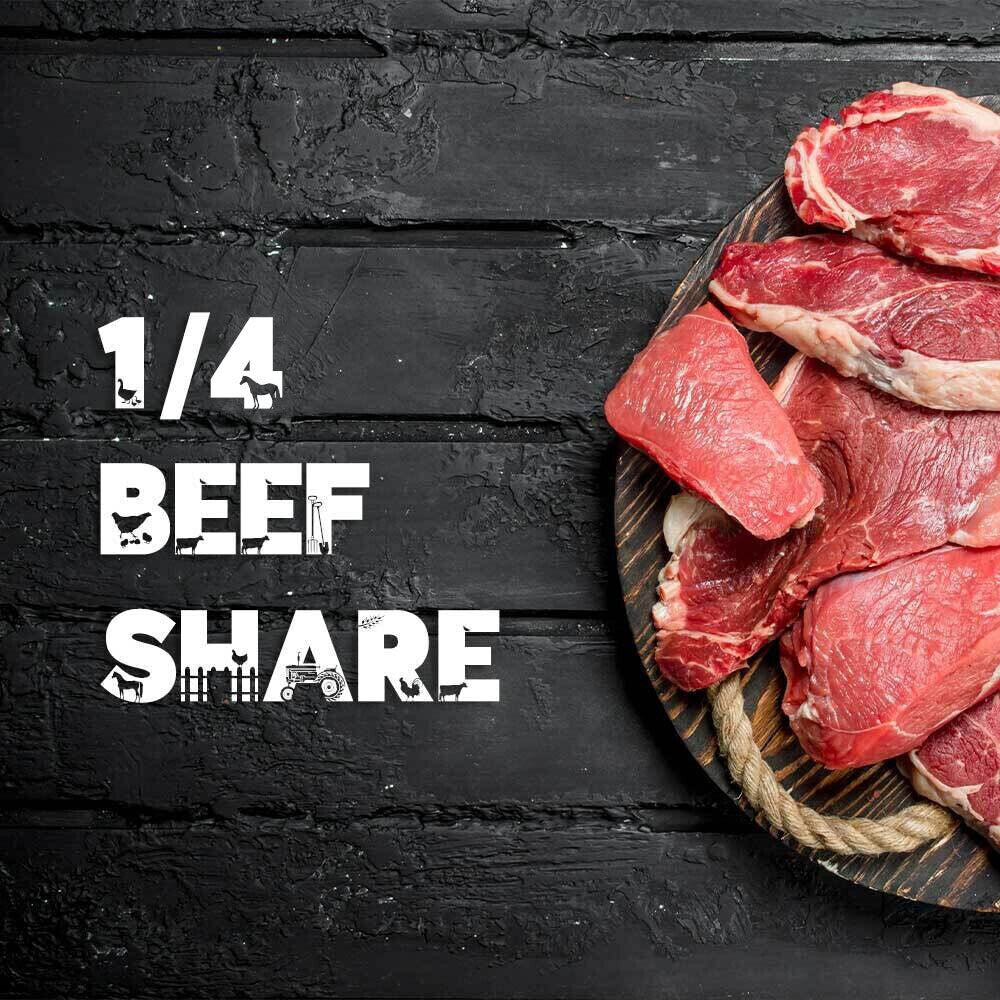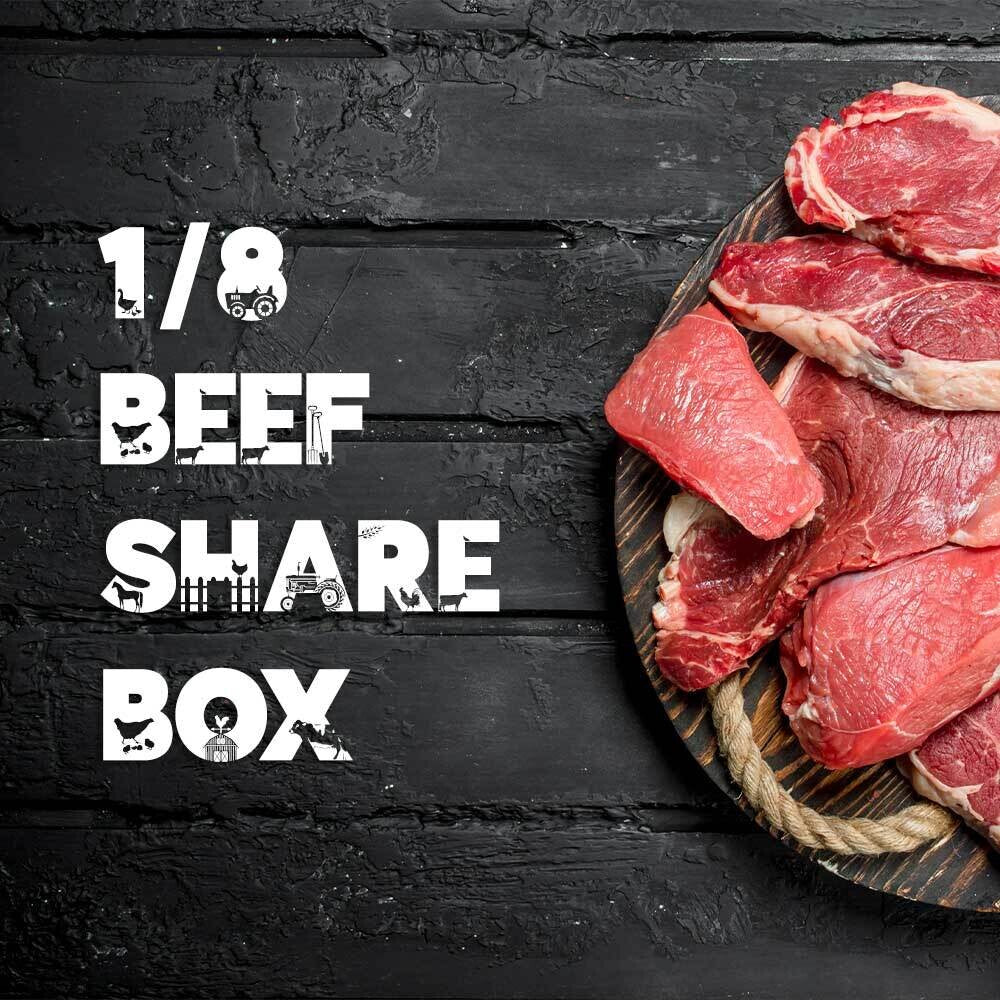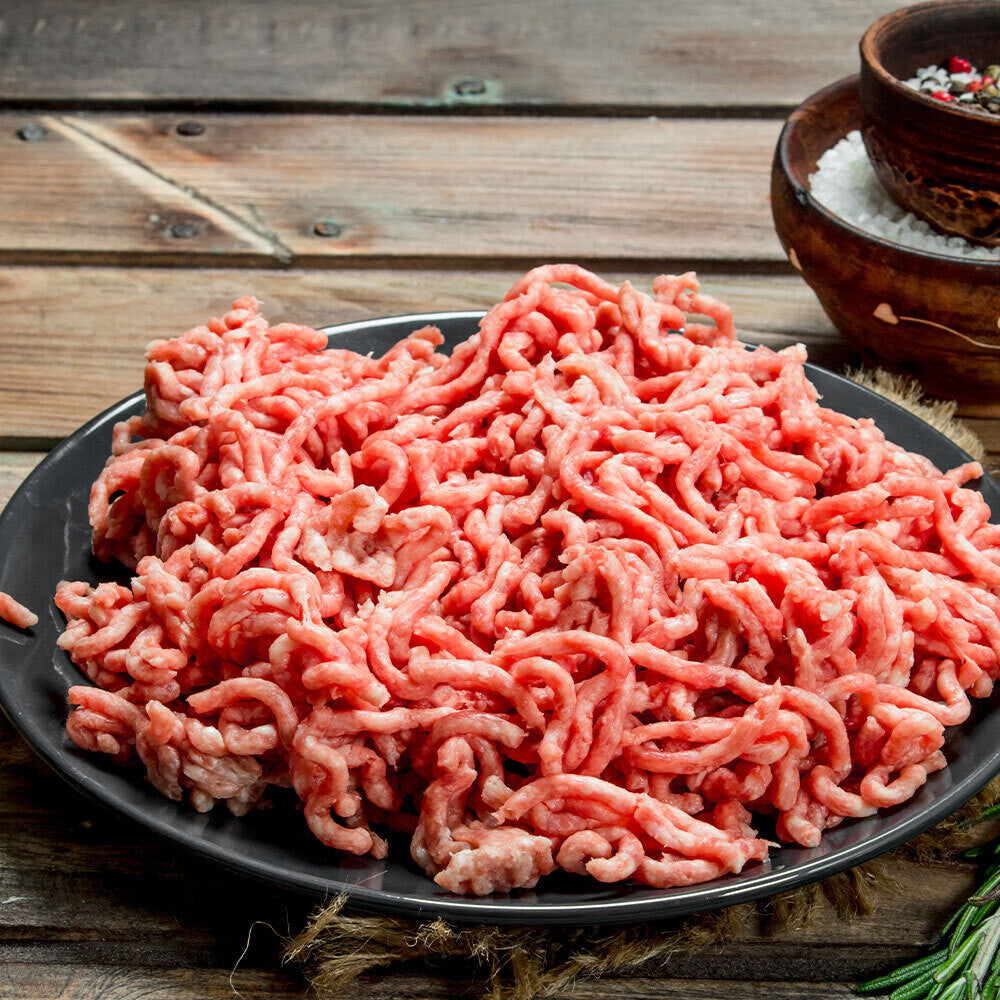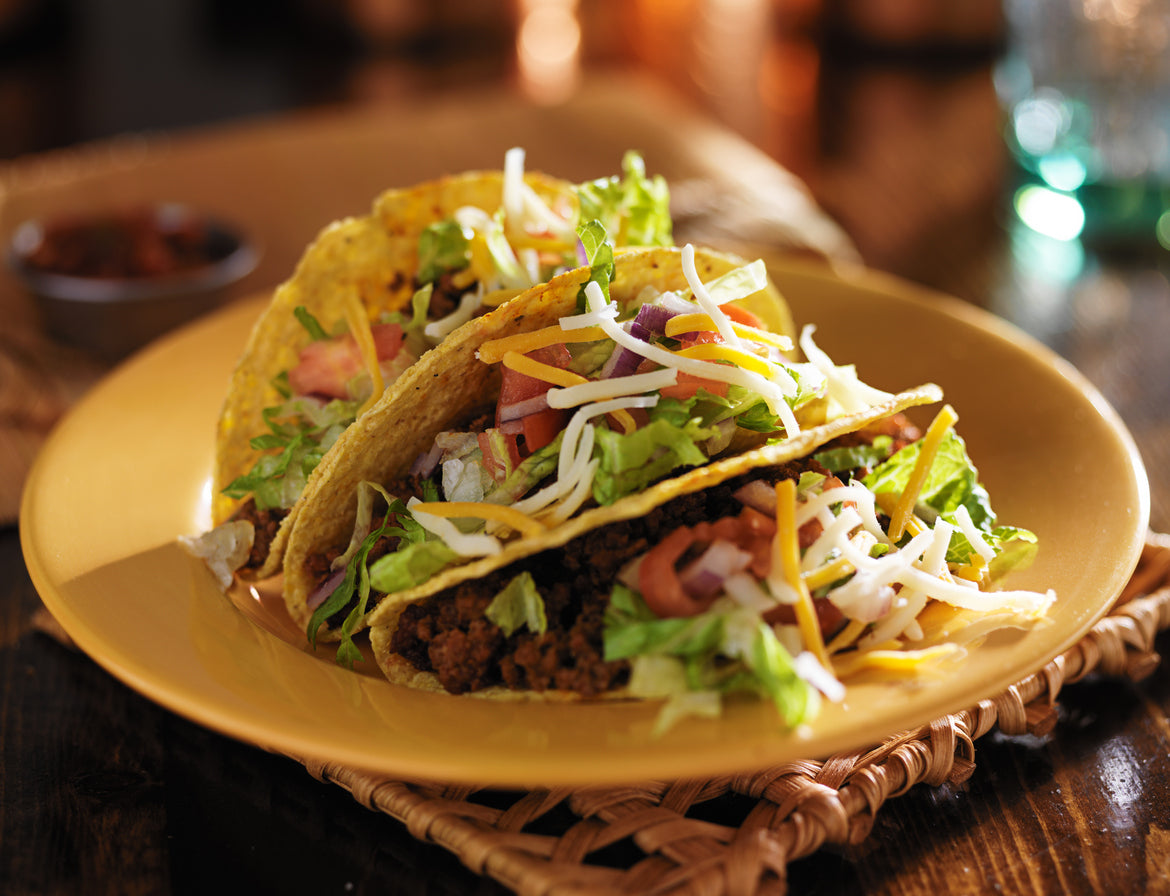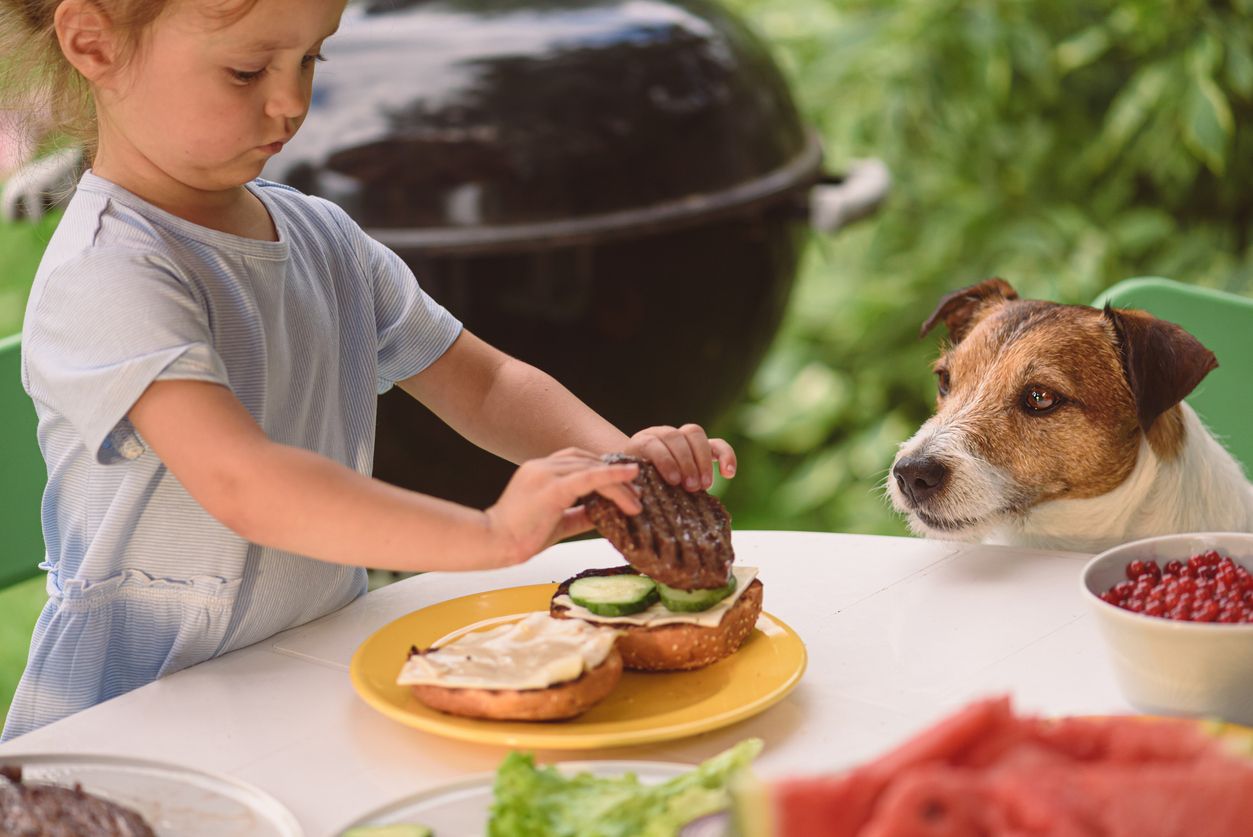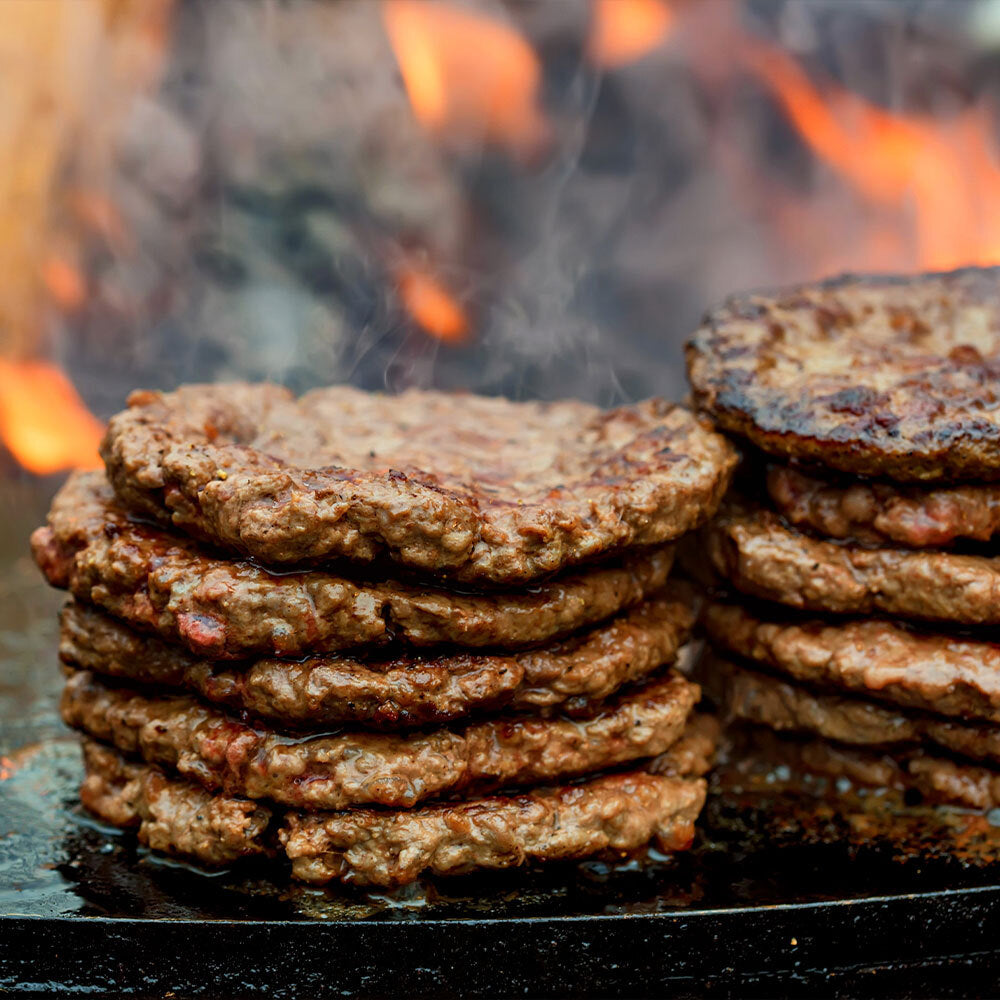
Grazing in the Snow: How Grassfed Beef Cattle Eat When It Snows
Can Grassfed Beef Cattle Graze In The Snow?
Grassfed Beef Cattle are growing in popularity with consumers due to the many benefits they offer, including; improved animal welfare, regenerating soil life, and healthier meat. However, many people assume that grass fed cattle can only graze during the warmer months of the year, and that they need to be fed hay or other supplements during the winter when there is snow on the ground. Tyner Pond Grassfed Beef Winter Grazing
Tyner Pond Grassfed Beef Winter Grazing
The truth is, Grassfed cattle can graze in the winter, even with snow on the ground. Here are a few reasons why:
- Cattle are well-adapted to cold weather. Cattle are ruminants, which means they have a specialized digestive system that allows them to digest tough, fibrous plants, such as grass. This also means that they are well-suited to survive in cold climates. They have a thick layer of fat and a thick coat of hair that helps to keep them warm in the winter.
- Snow can actually be beneficial for grazing grassfed cattle. When snow falls, it can act as a insulator, keeping the grass underneath it from freezing. This means that the grass will still be available for the cattle to eat, even when the temperature drops below freezing.
- Cattle can find food even when it is covered by snow. Cattle have a good sense of smell, which allows them to locate food even when it is covered by snow. They will use their snout to dig through the snow to find the grass underneath.
Tags:
Previous post
Upgrade Your Appetizer Game with this Queso Fundido Recipe featuring Local Pasture-Raised Ground Chorizo
Next post
